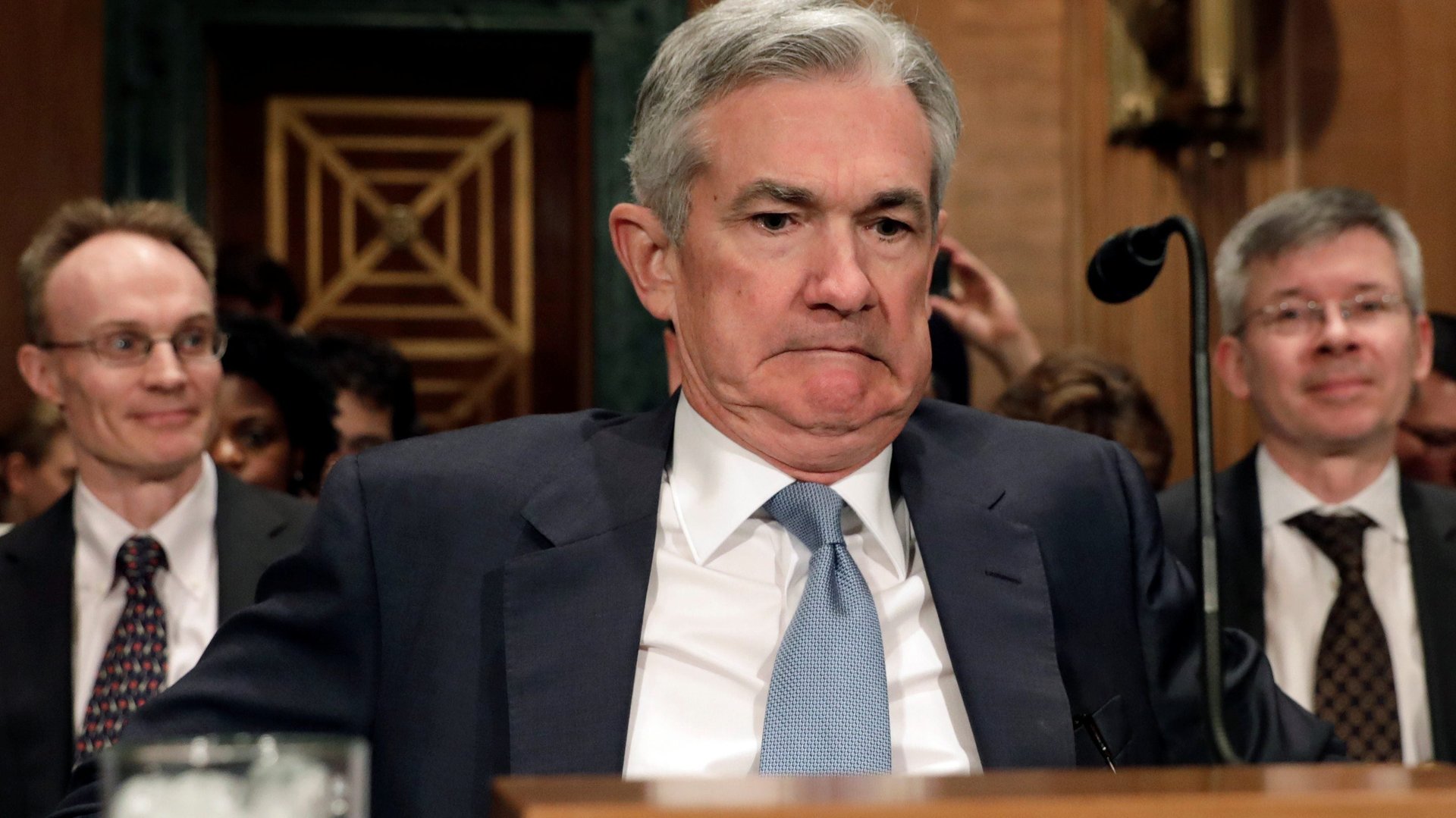Jerome Powell’s unusual quest at the Fed: define what’s “normal” for the US
Jerome Powell’s work finally begins.


Jerome Powell’s work finally begins.
Today (March 21), the Federal Reserve raised rates for the sixth time since 2015, bringing the rate banks must pay to borrow funds to 1.75%. Markets stirred on the news, registering a brief rise. The ultimate response, though, was a shrug—nothing to see here.
The world’s momentary indifference to the work of the Fed chair and his committee makes sense. Powell’s predecessors, Janet Yellen and Ben Bernanke, oversaw the response to the most catastrophic economic collapse since the Great Depression. Each choice they made was untested and colossally important. The price of imprecision? Plunging markets, lost jobs, and an economy even further out of balance. The duo managed to make it work.
The Fed chair and the hero’s journey
Fed chairs historically have stared down their own economic demons. Within months of taking the helm in 1987, Alan Greenspan steered the Fed through a global stock market plunge. By the end of his term, he was hastily cleaning up the aftermath of the dot-com bubble (paywall). Paul Volcker, Greenspan’s predecessor, spent the 1980s regulating questionable banking practices, a mission that ultimately delivered the Volcker Rule.
Powell’s personal quest lacks the same immediacy or drama. His challenge? Return the US economy to normal.
That, of course, implies there is a place to return to. In the past half century, through five Fed chairs and several crises, the US interest rate peaked at 19%, valleyed at zero, and landed everywhere in between.
A decade after the financial crisis, is the relationship between inflation and unemployment even the same? What’s the right level of unemployment, anyway?
How can we know when the economy is finally “back to normal”?
These were the kinds of questions Powell faced in his first press conference as Fed chair.
How to play the new game
Some economists believe the economy—and its rules—have permanently changed in the aftermath of the financial crisis.
“The essence of the secular stagnation and hysteresis ideas that I have been pushing is that there is no assurance that capitalist economies, when plunged into downturn, will over any interval revert to what had been normal,” says Larry Summers, an economist at Harvard. “Understanding this phenomenon and responding to it seems the central challenge for macroeconomics in this era.”
Powell, for his part, seems to have internalized the weight of this argument. Facing questions on why the Fed isn’t anticipating higher inflation, he pointed to the US unemployment rate. In the thick of the crisis, it was 10%. Now, it’s 4%. Inflation, over the same period? It has laid low.